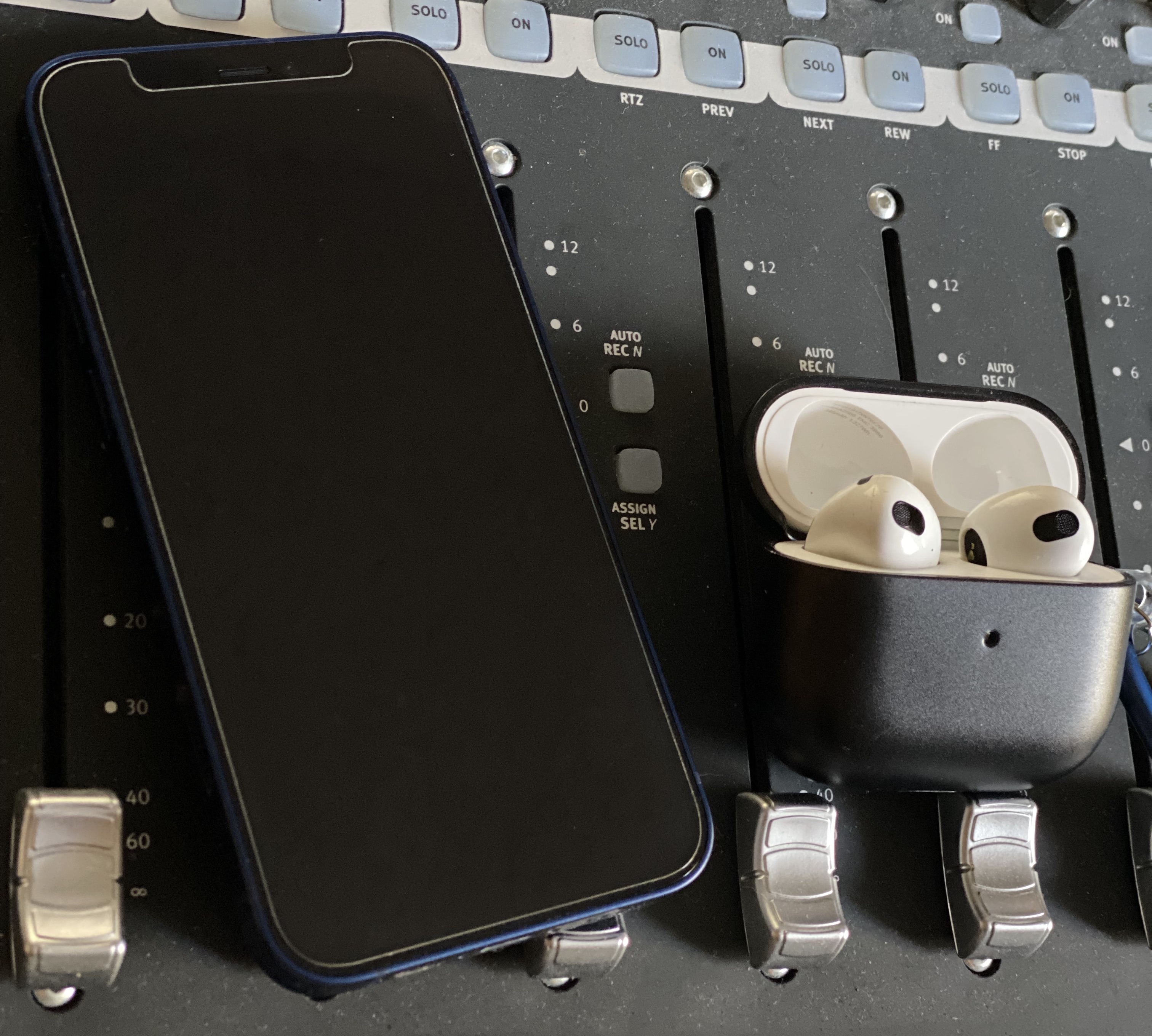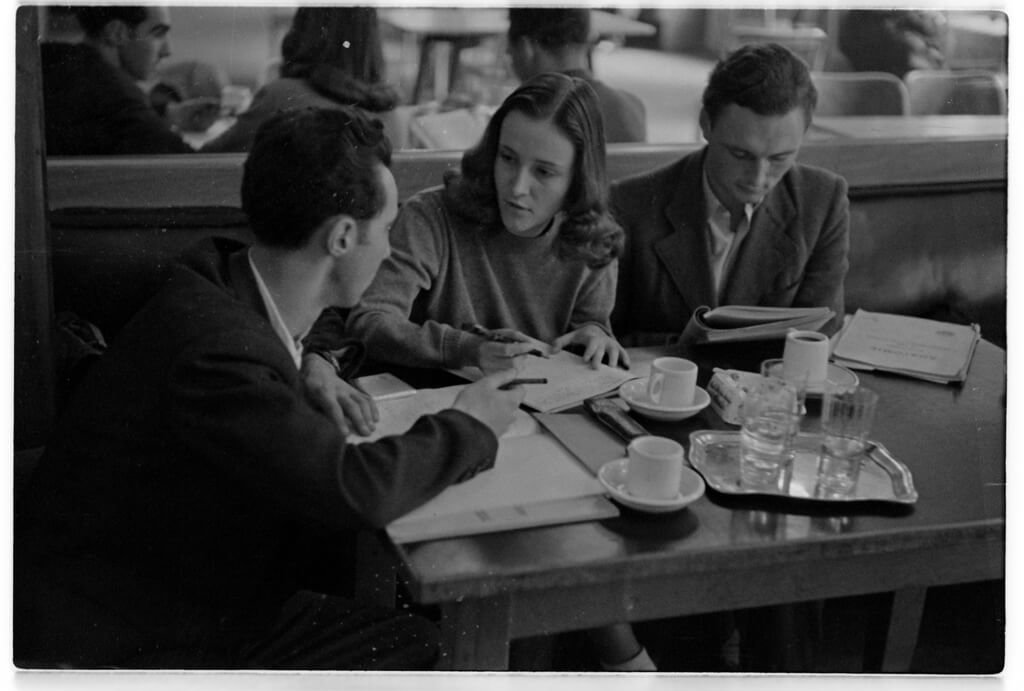Through the end of the month of February 2022, we will be running a crowdsource sfx library. Participation is free, and everyone who participates will receive a copy of the library and full usage rights once everything is completed.
Overview:
The purpose of this crowdsource is to generate a lot of source material from which to algorithmically generate walla crowds of varying densities and compositions. The goal is to be able to generate not only large gatherings of walla, but also the much more challenging 4-12 person groups that are often needed in post and games.
For this library you’ll bet setting up and recording one side of a real-live phone conversation with someone that you enjoy speaking to. To do this, we’ll be using earbuds on our phones during the recording (no speakerphone) The pauses and breaks in your natural speech will be pretty key to keeping the cadence of the walla sounding natural.
To make this as flexible and useful as possible we’re going to set up and replicate a recording protocol that will give us the best chance at generating a wide variety of natural, realistic sounding walla. For this reason, it will be important to take a moment and be sure you’re following every step to the letter.
Regarding language and accents:
Its 100% ok to speak your native language if its not English. We’ll be accounting for that with metadata. While we probably won’t get enough (for example) Finnish to get a full on Finnish walla group going, adding a sprinkle of Finnish into an English crowd can help internationalize it and also can help wash the language out as needed. Same for regional accents of English speech – we’ll note them in metadata and that will allow us to add them in purposefully.

Setup:
- Choose a quiet and non-reflective location for your setup. If you have access to a recording booth or control room that’s preferred, but otherwise a carpeted bedroom or other relatively dead space will do the trick.
- Set up a cardioid microphone – large diaphragm condensers are preferred, but any cardioid will work.
- Set your recorder to 24 bit 48k. The nature of this project won’t require extended sample rates.
- Sit comfortably about one arm’s length away from the microphone. The point here is to be far enough away that you don’t capture any proximity effect, but not so far that you get a bunch of short reverb.
- Before making the phone call, make a short test recording and try to find the best balance between distance from the mic and lack of reverb. Some short verb is going to always be present but we don’t want to sound too close to the mic, so just test your environment a bit before committing a bunch of time to the actual recording.
- Check your preamp setting and give yourself enough headroom that any laughing or other louder than speaking voice reactions will make it through cleanly without touching any limiters. It’s far better to record too soft than too hot in this context. All loudness will be set by me after the fact for consistency.

- When you’re satisfied with your setup, get your phone, and connect it to earbuds or headphones. Do NOT make the call yet.
- Text the person you’re going to call and make sure they’re available. You can inform them that you’re recording your part of the conversation if you’d like, but its important not to mention that fact verbally when you’re talking or all the conversations will start that way. 🙂
- Sit, get comfortable and hit record. The dead space at the beginning of the recording will be an important randomizer, and the greeting will actually play well in the group walla format.
- Once you’re rolling, make the call and have a chat. Certain noises are completely acceptable (drinking, chair movement, etc.) so stay natural even when these things happen. Try to have at least a 5 minute conversation, but speak as long as you’d like.
- Finish the call and stop the recording after saying goodbye
Postproduction:
This project will require minimal post because I’m going to do a number of steps to standardize all of the recordings.
Here’s what you will do:
- Be careful to LEAVE the deadspace at the top of the recording in place
- Trim the end of the recording to a minimum of 5 minutes and a max of 15. If the conversation went longer, it’s ok to just end it in a conversational gap.
- Edit out any copyrighted sounds (like ringtones, text alerts, etc)
- Name the file
Naming:
Because this is a special use case, we’ll NOT be using UCS for the recordings you make. Those recordings will be the input elements, and it's the output that I generate that will conform to UCS.
For naming, format like this (regular spaces are ok)
[Gender] [Firstname] [Lastname] [Language] [Country] [Region].wav
- For Gender, use M for Male, F for Female, and X for Trans. Just go with however you identify.
- Outside of the US, use your best judgement or feel free to omit.
So the recording I make will be named M Rene Coronado English US Southern
Deadlines and Submission
The crowdsource will end at midnight on March 1 2022 central standard time, so get your submissions in well in advance.
To submit, just email a link with your favorite data transfer service to [email protected]. Please include your full name and also include your waiver if needed if you recorded other people.
What happens next
Once I receive the files I’ll run a batch process on EVERYTHING that does the following
- Highpass at 60Hz
- Set average loudness to -32 LUFS
- Downsample to 24 bit, 48k
From these elements I’ll use sound particles to generate a variety of stereo and surround crowd ambiences of varying densities. The original source particles will also be included in the final deliverable so that you can create your own.
Examples:
Here are a couple of tests we’ve run to prove the concept. 4 people talking here, which is one of the most difficult densities to get recorded well out in the wild. Reverb was applied to the dry rendered signal after export from Sound Particles. For workflows that require language to be non-intelligible, more density and reverb will be required, but its going to be achievable.
Conversation Particles – Participation Agreement:
By participating in the Crowd particles project, you agree to the following;
WAIVER AND RELEASE OF LIABILITY
IN CONSIDERATION OF my desire to participate in said Activity and being given the right to participate in same;
I hereby grant and authorize The Tonebenders Podcast and all license holders of this project the right to take, edit, alter, copy, exhibit, publish, distribute and make use of any and all sound recordings submitted by me to The Tonebenders Podcast to be used in and/or for legally promotional materials including, but not limited to this crowdsource library, websites, social networking sites and other print and digital communications, without payment or any other consideration. This authorization extends to all languages, media, formats and markets now known or hereafter devised. This authorization shall continue indefinitely, unless I otherwise revoke said authorization in writing.
I understand and agree that these materials shall become the property of The Tonebenders Podcast and will not be returned.
I hereby hold harmless, and release The Tonebenders Podcast from all liability, petitions, and causes of action which I, my heirs, representative, executors, administrators, or any other persons may make while acting on my behalf or on behalf of my estate.
I warrant that I am of the age of consent (18 years or older) and that I am competent to contract in my own name. I have read this release before contributing files and I fully understand the contents, meaning and impact of this release.
.(required for participation)

